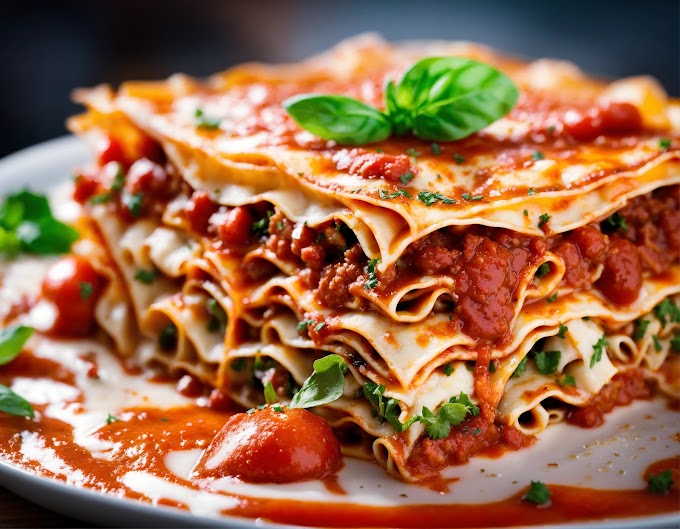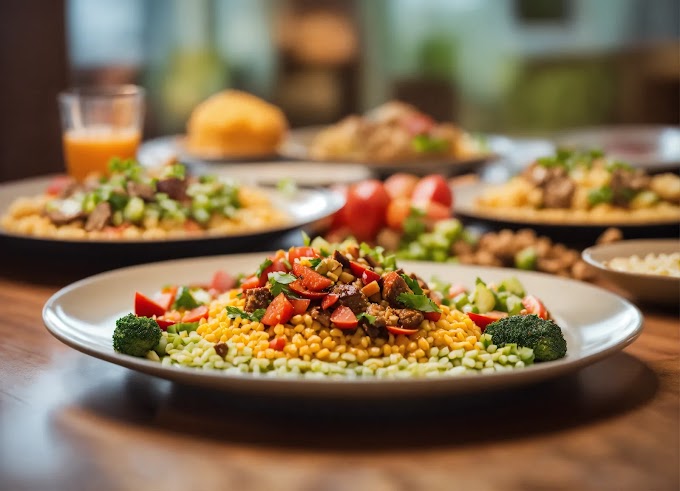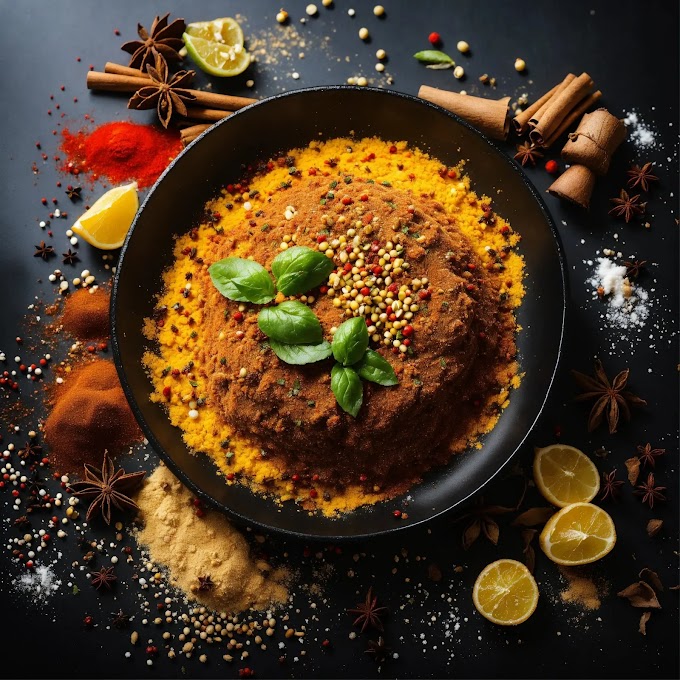Lasagna, a quintessential Italian dish, is a culinary masterpiece that has graced family tables for generations. This recipe takes you on a flavorful journey, showcasing the harmonious blend of pasta, rich meat sauce, creamy béchamel, and melted cheese. Let's delve into the intricate steps of creating the perfect lasagna that will leave your taste buds singing.
Understanding the Essence
At its core, lasagna is a symphony of layers, each contributing to the overall experience. The foundation lies in perfectly cooked lasagna noodles. Boil them until al dente, following the package instructions, ensuring they retain a slight bite for the perfect texture in the final dish.
The Heart of the Dish: Meat Sauce
The meat sauce, a robust amalgamation of ground beef or pork, sautéed onion, and garlic, brings a savory depth to the lasagna. Cooking the meat until browned and incorporating a well-seasoned tomato sauce infuses a rich flavor that permeates each layer.
Béchamel: Creamy Elegance
The béchamel sauce introduces a creamy and luxurious element to the dish. Melting butter, whisking in flour, and gradually adding milk creates a velvety sauce that complements the boldness of the meat sauce. It acts as a smooth transition between layers, enhancing the overall texture.
Layering Technique: A Work of Art
Layering is where the magic happens. The key is to start with a thin layer of meat sauce at the bottom of the baking dish. This not only prevents sticking but also imparts a robust foundation of flavor. The subsequent layers of noodles, ricotta, béchamel, and mozzarella create a symphony of textures that elevate each bite.
The Culmination: Baking to Perfection
Covering the dish with foil during the initial stages of baking ensures even cooking and moisture retention. Uncovering for the last 10 minutes allows the cheese to develop a golden, bubbly crust, adding a delightful crunch to the dish. This careful balance of covered and uncovered baking is crucial for achieving lasagna perfection.
A Final Touch: Garnish and Serve
Sprinkling freshly grated Parmesan and chopped herbs over the lasagna before serving provides a burst of freshness and an aromatic quality. Letting the lasagna rest for a few minutes post-baking allows the flavors to meld, resulting in a dish that's not just layers but a cohesive, delightful whole.
The Culinary Adventure Continues
Embarking on the journey of crafting the perfect lasagna is not merely about following a recipe; it's an exploration of flavors, textures, and personal preferences. Experiment with variations, make it your own, and savor the joy of creating and sharing this timeless dish with your loved ones. Buon Appetito!
FAQs: Addressing Common Queries
Can I use no-boil noodles for lasagna?
Absolutely! No-boil noodles are a convenient alternative, ensuring a time-efficient preparation without sacrificing taste. The key is to ensure there's enough sauce to keep them moist during baking.
Can I make lasagna ahead of time?
Certainly! Assemble the layers and refrigerate. This not only enhances the flavors but also streamlines meal planning. The lasagna often tastes better the next day as the ingredients have more time to meld.
Can I substitute ricotta with cottage cheese?
Yes, indeed. While ricotta provides a creamier texture, cottage cheese is a suitable alternative for those seeking a lighter option. It adds a slightly tangy twist to the classic recipe.
How do I achieve the perfect balance of layers?
Start and end with a thin layer of sauce to prevent sticking. Alternate between pasta, filling, and sauce, aiming for three to four layers. This ensures an even distribution of flavors and textures throughout the dish.
Can I freeze leftover lasagna?
Absolutely! Cut it into portions, wrap tightly, and freeze for a convenient and delicious future meal. Ensure thorough thawing before reheating for the best results.











Thank you for comments